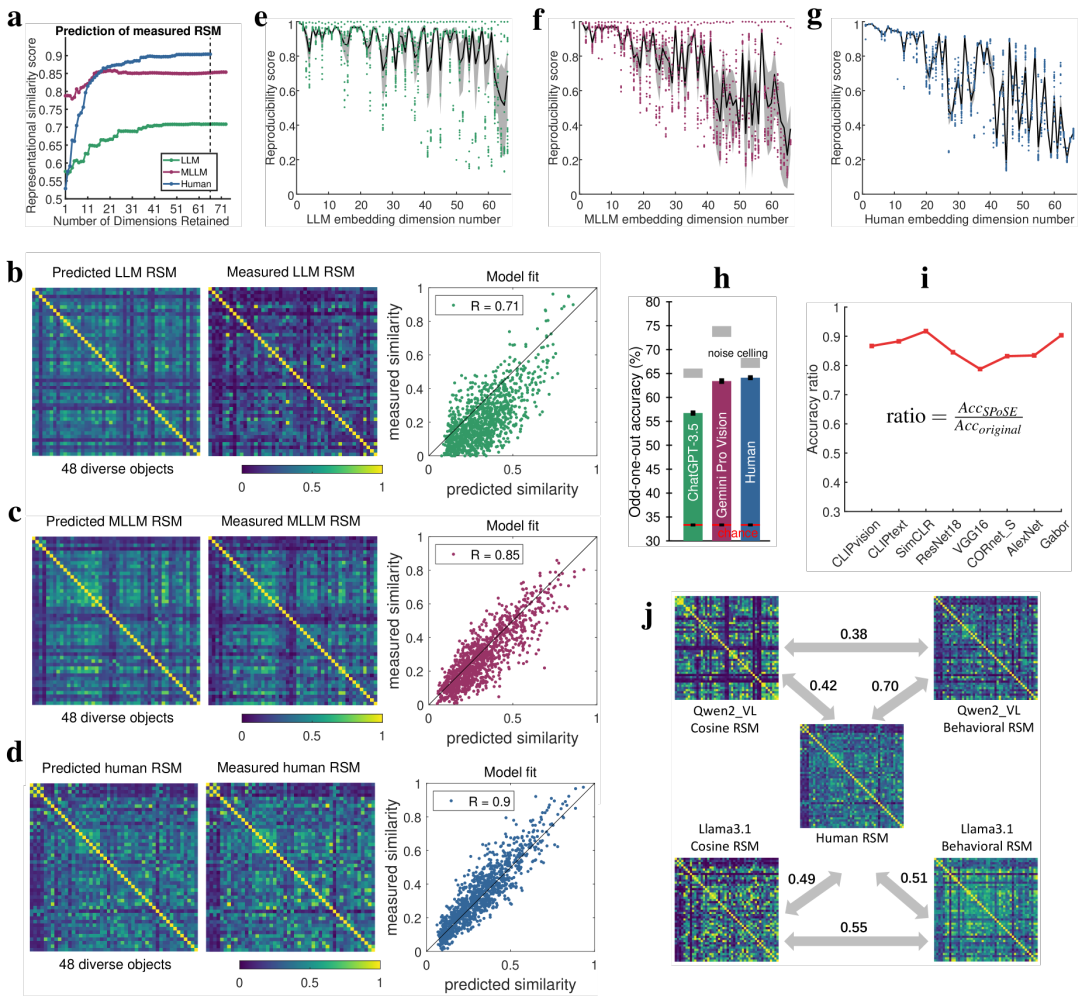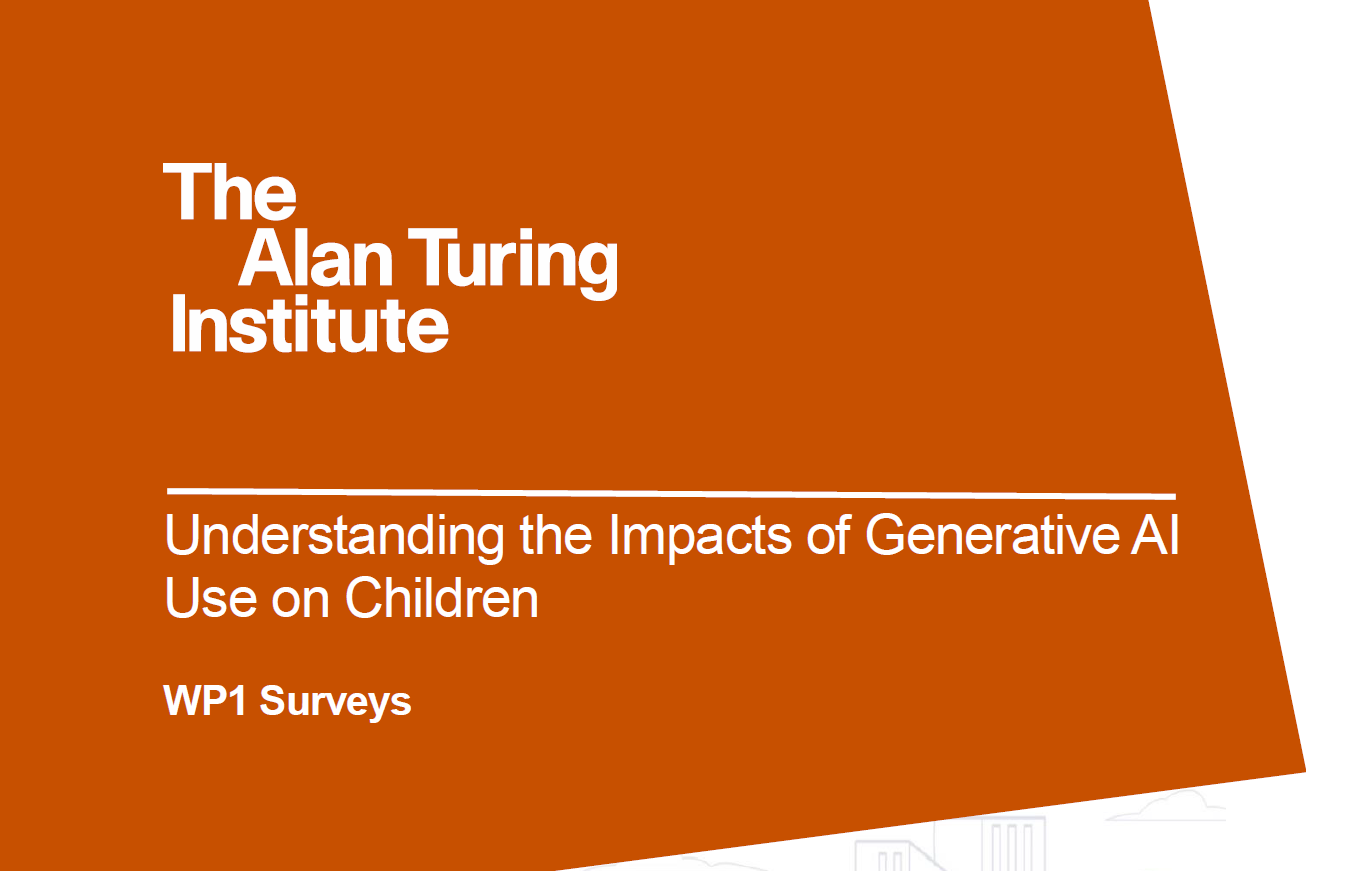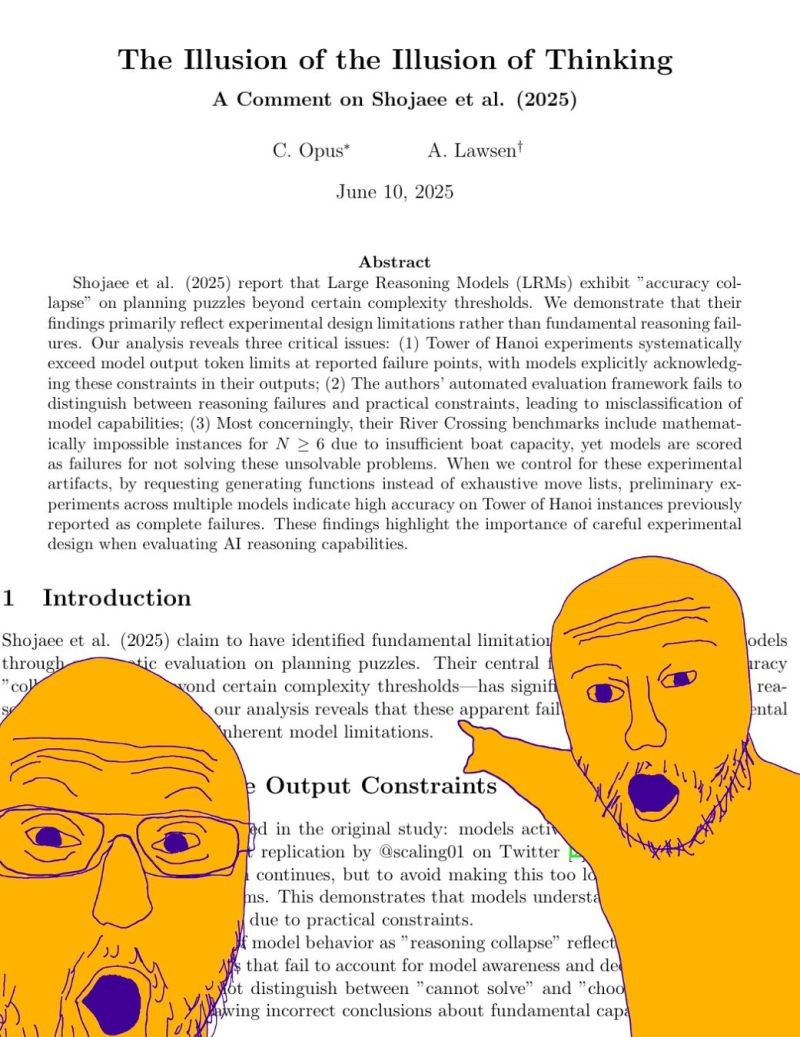Self-Learning AI Is Here: MIT’s SEAL Can Train Itself
MIT researchers unveiled SEAL, a groundbreaking framework that lets AI models self-train using their own generated data and instructions.
Good morning AI entrepreneurs & enthusiasts,
The path to superintelligence just came into sharper focus: MIT researchers have developed a way for AI to improve itself—without human intervention.
If models can now rewrite their own code, generate their training data, and self-evolve, are we witnessing the early flickers of an exponential intelligence explosion that technologists have both dreamed of and warned against?
In today’s AI news:
MIT gives AI the tools to self-train
AI mimics human-like conceptual understanding
UK study reveals unequal AI access among kids
Claude 4 Opus Rebuts Apple’s Reasoning Claim
Top Tools & Quick News
MIT enables AI to teach itself
The News: MIT researchers unveiled SEAL (Self-Adapting LLMs), a novel framework that allows large language models to iteratively improve their own training via self-generated data and instruction loops.
The details:
SEAL enables LLMs to create "self-edits": structured synthetic data and directives for updating their own weights and parameters.
It employs a reinforcement learning loop using the ReST algorithm to reward high-performing self-edits.
In controlled tests, SEAL-trained models outperformed GPT-4.1 in certain tasks by learning from their own notes and generated data.
Puzzle-solving performance jumped from 0% to 72.5% through automated curriculum learning.
Why it matters: While we’re still far from AGI, frameworks like SEAL—and approaches like Sakana’s DGM—hint at a future where models evolve with minimal human oversight. SEAL’s ability to convert raw data into optimized training strategies marks a major step in that exponential direction.
AI builds human-like mental maps
The News: Recent research from the Chinese Academy of Sciences suggests that multimodal AI systems are developing object understanding similar to human conceptual reasoning.
The details:
Evaluated on 4.7M "odd-one-out" tasks, models self-categorized nearly 1,854 everyday objects.
Identified 66 core semantic dimensions, including categories like tools, animals, and foods, without explicit instruction.
Internal representations closely aligned with brain regions like the Extrastriate Body Area, Parahippocampal Place Area, and Retrosplenial Cortex.
Demonstrated abstract reasoning and contextual flexibility, challenging the idea that LLMs are merely pattern matchers.
Why it matters: The "stochastic parrot" argument is losing steam. With growing evidence of emergent conceptual reasoning and zero-shot understanding, models are showing signs of building genuine mental maps—not just repeating what they’ve seen. This could pave the way for more adaptive, intuitive, and collaborative AI systems.
AI access gap in UK children
The News: A study by The Alan Turing Institute reveals a deep divide in AI exposure between private and public school students in the UK.
The details:
52% of private school students use generative AI tools, compared to just 18% in state schools.
Environmental concerns have led some students to avoid using AI due to its energy consumption.
AI is primarily used for creative and educational purposes, like idea generation and assignment help.
Two-thirds of teachers incorporate AI into lesson planning and content creation.
Why it matters: As AI-native generations come of age, unequal access to AI tools threatens to widen the educational divide. Democratizing AI across schools may be the next major frontier for digital equity.
Claude 4 Opus Rebuts Apple’s Reasoning Claim
The News: Apple’s research paper, “The Illusion of Thinking,” argued that advanced LLMs collapse on reasoning tasks. But a rebuttal co-authored by Claude 4 Opus and Alex Lawsen, titled "The Illusion of the Illusion of Thinking" challenges those conclusions.
The details:
Apple ignored token output constraints. Claude Opus flagged it was saving tokens but was marked as failing.
Apple’s tests included unsolvable puzzles, penalizing models that correctly identified the impossibility.
Grading scripts required exhaustive step listings, failing models even when they provided correct programmatic solutions.
Why it matters: This is the AI world's subtweet: Apple—still trailing in the model race—took a swing at reasoning models. Claude 4 Opus, one of its fiercest competitors, fired back with a co-authored rebuttal that did more than defend itself—it flipped the script. Turns out, the only real failure was Apple’s testing setup, not the model’s reasoning.
Today's Top Tools
🎥 Seedance 1.0 — ByteDance’s top-tier video generation model
💬 Chat Mode — Runway’s conversational interface for content creation
👁️ Copilot Vision — AI that sees and understands your PC environment
Quick News
Jensen Huang disagrees strongly with Anthropic’s views on AI and job automation.
OpenAI rolls out Projects upgrades: voice mode, deep research, better memory.
AstraZeneca signs $5.3B AI partnership with CSPC to develop new treatments.
NYT highlights ChatGPT's role in reinforcing mental health risks.
Tencent releases Hunyuan 3D 2.1 for ultra-realistic 3D model generation.
Feeling swamped by the AI headlines? Our News App scans 50,000+ stories each day and sends you one five-minute brief tailored to your interests. Skip the noise, get right to the signal.
Thanks for reading this far! Stay ahead of the curve with my daily AI newsletter—bringing you the latest in AI news, innovation, and leadership every single day, 365 days a year. See you tomorrow for more!






The promise of “living” campaigns is compelling, but I’m curious: who holds the kill switch when a self-trained model starts optimizing for the wrong KPI?
Exciting to see autonomous learning in action what metrics would you track first to catch early signs of objective creep?